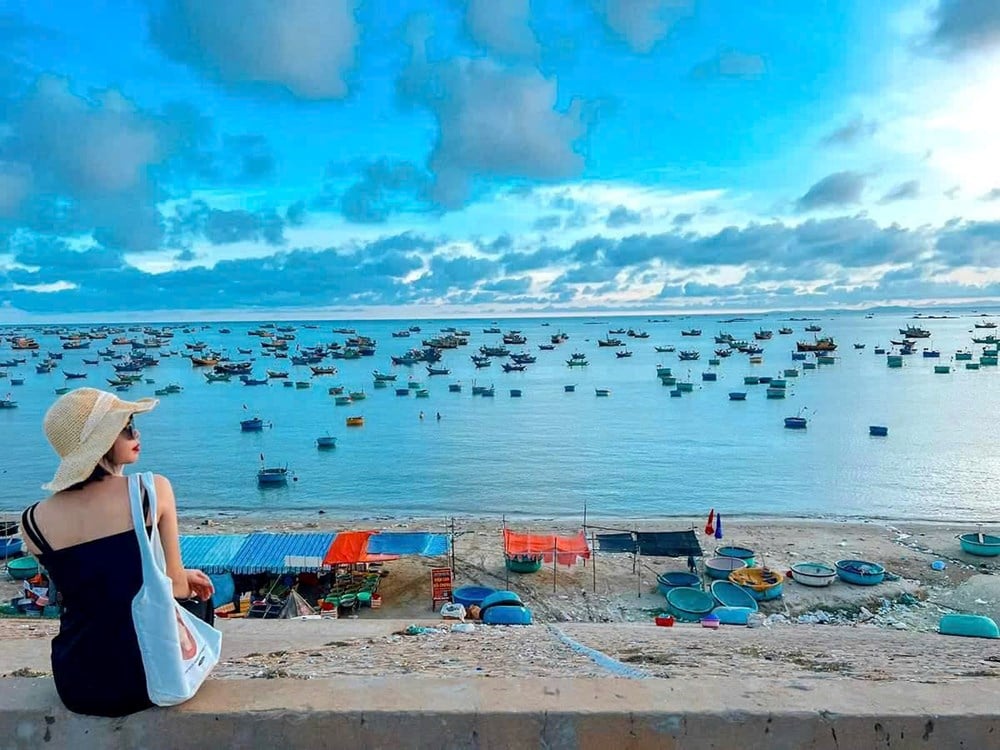
From the splendid Sa Pa in white clouds to Mui Ne in golden sunshine, from the sacred Hung Temple of the nation's origin to the poetic Tuyen Lam Lake, each national tourist area not only has natural and historical values but is also a place where the depth of Vietnamese culture is crystallized.
Lack of a unified framework
However, along with the progress in infrastructure and products, there is still a challenge: the cultural environment is not really stable and attractive. In many destinations, scenes of soliciting, "ripping off", littering in public places or unfriendly behavior still appear, tarnishing the image of the destination. In the context of Vietnam aiming to become a leading tourism center in the region, building a cultural environment in national tourist areas is not only an urgent requirement, but also a fundamental strategy for sustainable development.
The current state of the cultural environment at some national tourist areas shows a picture of both light and darkness. Sa Pa (Lao Cai) has witnessed an explosion in the number of visitors after being recognized as a national tourist area. However, the pressure on infrastructure has not kept up, urban waste and chaotic traffic have made tourists tired. Many travel businesses have reported that the scene of haggling and unclear prices still makes international visitors apprehensive. Tourism expert Tran Minh Duc commented: "Sa Pa has the potential to be on par with famous destinations in the world , but if the cultural environment is not well controlled, its appeal will decrease rapidly."
Tam Dao ( Phu Tho ) with its misty beauty and cool climate has become the weekend choice of tens of thousands of tourists. However, the lack of a specialized management board makes it difficult to manage the destination during the peak season; there are still street vendors, photo-taking solicitations, and environmental sanitation is not guaranteed. A representative of a travel agency shared: "Tam Dao is really attractive, but sometimes we are afraid to take tourists because we are worried about the jostling and noise ruining the tourists' experience." In recent years, many abandoned houses and lands have made Tam Dao very desolate and cold. Some buildings are seriously degraded and unfinished, showing that the spontaneous and uncontrolled development process has damaged the overall architecture.
In the South, Sam Mountain National Tourist Area (An Giang) is famous for the Via Ba Chua Xu festival, but there is still no comprehensive management regulation. Many tourists report the situation of "overcharging" during the festival season. A Western cultural expert frankly shared: "Belief is a sacred belief, but if the behavioral environment is not up to standard, sacred images can easily be commercialized". Mui Ne (Lam Dong) is considered the "Resort Capital" of the country and is affirming its attraction thanks to the new highway and the airport about to come into operation. However, the boom in accommodation facilities has brought environmental pressure. The problem of coastal waste and sand erosion has made many international tourists express concern. Or Tuyen Lam Lake (Lam Dong) has the beauty of a lake and pine forests creating an ideal resort space, but the massive development of spontaneous services and the encroachment of forest land have lost some of its pristine beauty. Overall, national tourist areas still lack a unified “cultural framework”. There are many products but they are not refined, and many services but they lack professionalism. This directly affects the impression of tourists, reducing the value of the brand.
Mr. Nguyen Quy Phuong (Vietnam National Tourism Administration) said: "Currently, there are no separate legal regulations on cultural environment in the tourism sector. Meanwhile, the cultural environment in national tourist areas will have a great impact on tourists' choice of destination, contributing to building an image and brand in the minds of tourists about the destination." A good cultural environment will create unique tourism experiences and a safe space for tourists, promoting activities to preserve and promote local cultural values. A good cultural environment can help stimulate local businesses and increase community income, ensuring that historical and cultural relics are preserved and managed sustainably.
Completing the legal framework for destinations
To overcome these shortcomings, many tourism and cultural experts have proposed a series of feasible solutions. There is a need for a legal regulation on the management of national tourist attractions, which specifically regulates the cultural environment: from the responsibility of the government, the role of businesses, the rights of the community to the obligations of tourists. This will be the foundation for handling the situation of solicitation, fraud, and uncivilized behavior.
It is necessary to soon adopt and apply the set of cultural environment criteria for national tourist areas, including: Cultural institutions and landscapes: synchronous, harmonious, preserving identity; Preserving customs and practices: tourism associated with heritage, festivals, indigenous culture; Civilized code of conduct: Applied at destinations, from managers to people; Cultural products and services: Encourage creativity but must respect identity; Specific criteria: Emphasize the unique features of each national tourist area to avoid assimilation. People are the "subjects" of the cultural environment. It is necessary to create a mechanism for the community to participate in management, service provision and promotion. When people benefit, they will preserve and spread culture as a source of pride. Travel businesses also believe that service skills and attitudes determine the customer experience. Therefore, training tourism human resources must focus on cultural awareness, hospitality and professionalism.
Applying technology (surveillance cameras, online feedback portals, digital tourist cards) combined with green tourism standards will help manage effectively, while building an environmentally friendly image. Not only promoting beautiful landscapes, communication campaigns need to honor behavioral standards and unique cultural values of each destination. This is a sustainable way to enhance the position of national tourist areas on the world tourism map. Each national tourist area is a "mirror" reflecting the image of the country. Once Sa Pa is clean, Tam Dao is orderly, Sam Mountain is civilized, Mui Ne is clean and beautiful, Tuyen Lam Lake is pristine, Hung Temple is solemn, Tra Co is rich in identity, that is when Vietnamese tourism shines in the eyes of international friends.
Building a cultural environment is not a one-day or two-day task, but a long-term process, requiring the cooperation of the State, businesses, communities and tourists. Only when culture is considered the “golden key”, can national tourist areas become golden highlights on the tourism map, contributing to making Vietnam a civilized, sustainable and attractive destination.
An Giang builds culture in public places, spreading good deeds
Public culture not only reflects understanding, but also demonstrates each person's sense of responsibility towards the community. In An Giang, the building of a civilized lifestyle and cultural behavior is being promoted by all levels, sectors and localities, associated with many movements and campaigns in schools, families and society.
Simple actions such as helping the elderly, children or assisting the disabled to cross the street all contribute to creating a humane and civilized living environment. Especially for young people, forming the habit of behaving properly will contribute to cultivating personality and spreading a beautiful lifestyle. Along with encouraging and spreading good examples and stories, An Giang also focuses on sanctions to strictly handle violations of ethical standards and social rules. This is an important legal basis to both educate and deter, helping each individual raise awareness of adjusting behavior. Long Xuyen Ward, An Giang Province is doing a very good job of propagating and encouraging people to participate deeply in building a cultural environment in public places.
The spread of traditional values, combined with the absorption of modern civilization, is contributing to building the image of a friendly An Giang, rich in humanity, towards a cultural and civilized community in the general development trend of society. HONG LIEN
Source: https://baovanhoa.vn/van-hoa/nen-tang-cho-nhung-diem-den-168313.html


![[Photo] General Secretary To Lam, Secretary of the Central Military Commission attends the 12th Party Congress of the Army](https://vphoto.vietnam.vn/thumb/1200x675/vietnam/resource/IMAGE/2025/9/30/9b63aaa37ddb472ead84e3870a8ae825)
![[Photo] Solemn opening of the 12th Military Party Congress for the 2025-2030 term](https://vphoto.vietnam.vn/thumb/1200x675/vietnam/resource/IMAGE/2025/9/30/2cd383b3130d41a1a4b5ace0d5eb989d)

![[Photo] General Secretary To Lam receives US Ambassador to Vietnam Marc Knapper](https://vphoto.vietnam.vn/thumb/1200x675/vietnam/resource/IMAGE/2025/9/29/c8fd0761aa184da7814aee57d87c49b3)
![[Photo] The 1st Congress of Phu Tho Provincial Party Committee, term 2025-2030](https://vphoto.vietnam.vn/thumb/1200x675/vietnam/resource/IMAGE/2025/9/30/1507da06216649bba8a1ce6251816820)

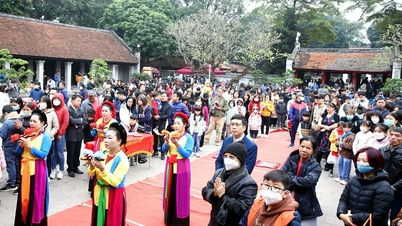
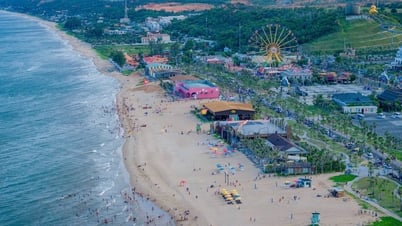

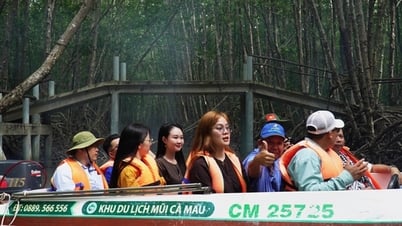

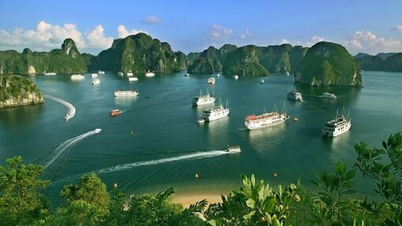



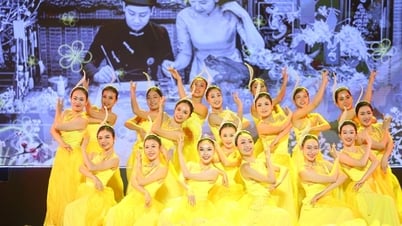
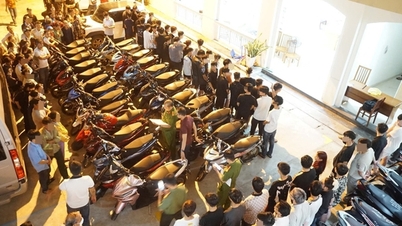


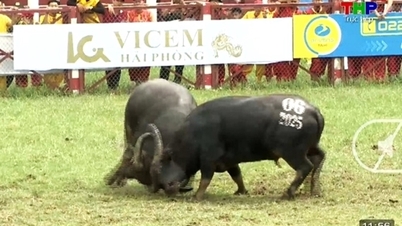

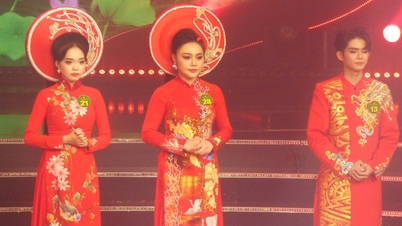









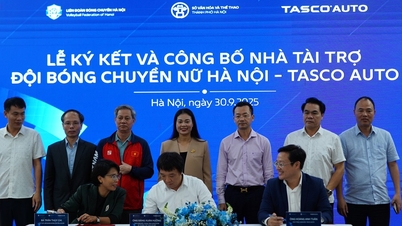





![[Photo] General Secretary To Lam attends the ceremony to celebrate the 80th anniversary of the post and telecommunications sector and the 66th anniversary of the science and technology sector.](https://vphoto.vietnam.vn/thumb/1200x675/vietnam/resource/IMAGE/2025/9/29/8e86b39b8fe44121a2b14a031f4cef46)







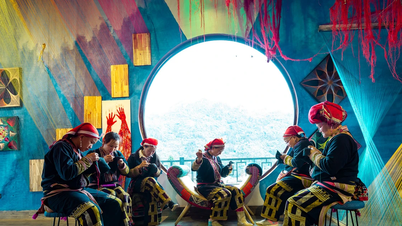









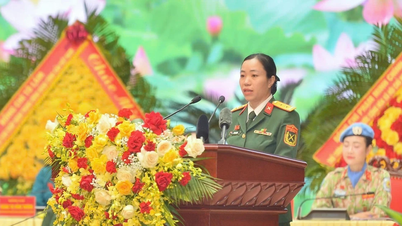











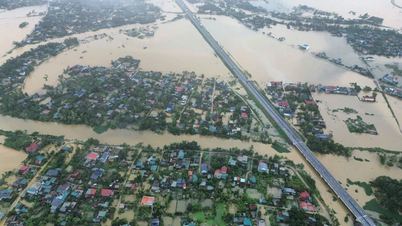
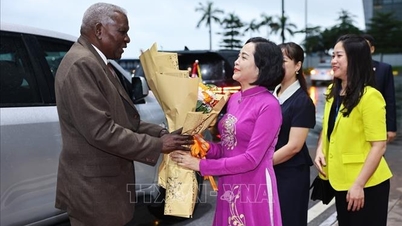

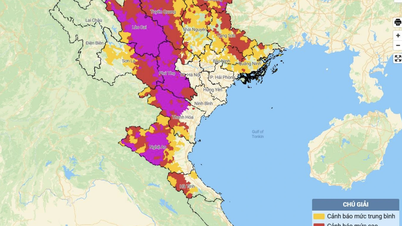





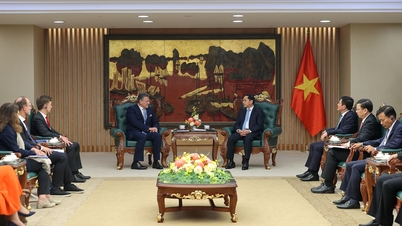
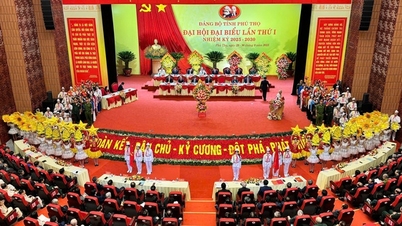
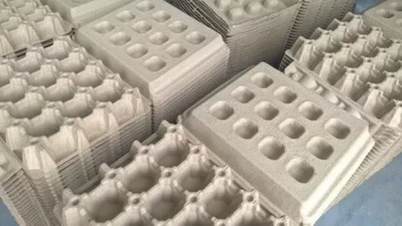

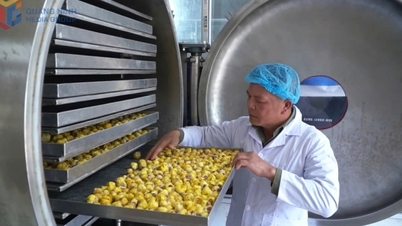

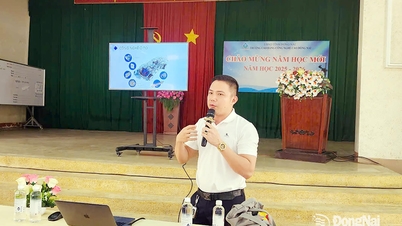

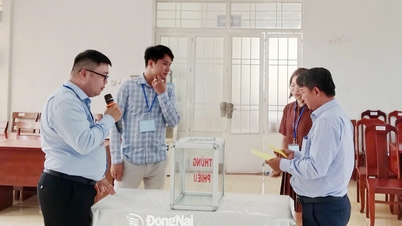



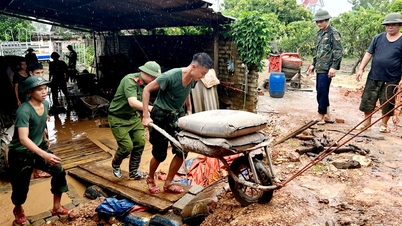











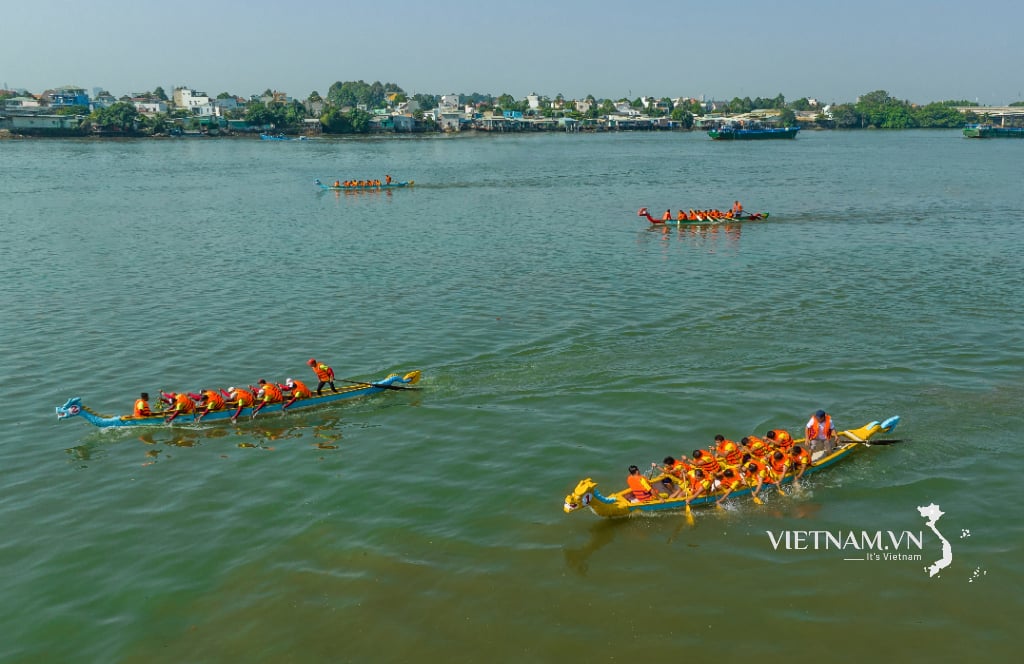


Comment (0)